Autumn Gear Guide
Find inspiration in our Gear Guide that will keep you out on your bike through wind or rain.
Download NowAnd what those cities can learn from each other.
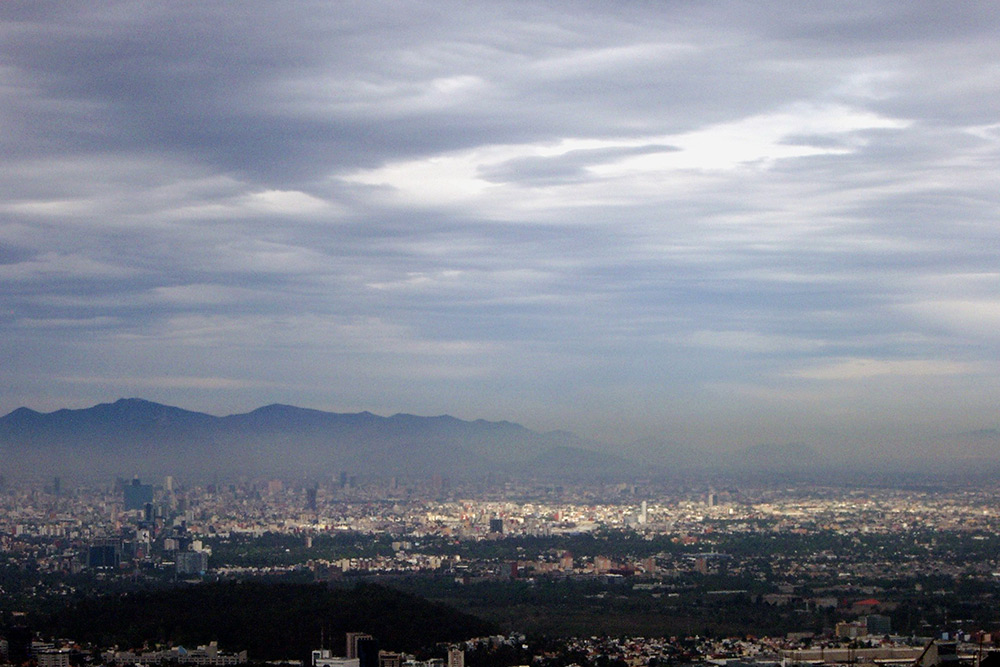
Photo by arndw
This story originally appeared on Urbanful on March 6, 2015
Earlier this week, the Washington Post published a report projecting which European cities will be the most polluted by 2030.
The data was based on a study by Austria’s International Institute for Applied Systems Analysis, whose researchers examined the current smog levels in various cities around Europe in order to make predictions for the future.
The worst offenders? Poland’s Warsaw and Krakow, as well as the Spanish city of Gijon, Sweden’s capital of Stockholm, and Paris, France, which surpassed Beijing in smog level one day last year. Overall, however, European cities are still in the clear, literally, when compared to the most polluted cities in the world.
Which brings us to ask: If not Europe, where are the most (and least) polluted cities on Earth? And what factors come into play that contribute to or help curb pollution? We break it down for you here.
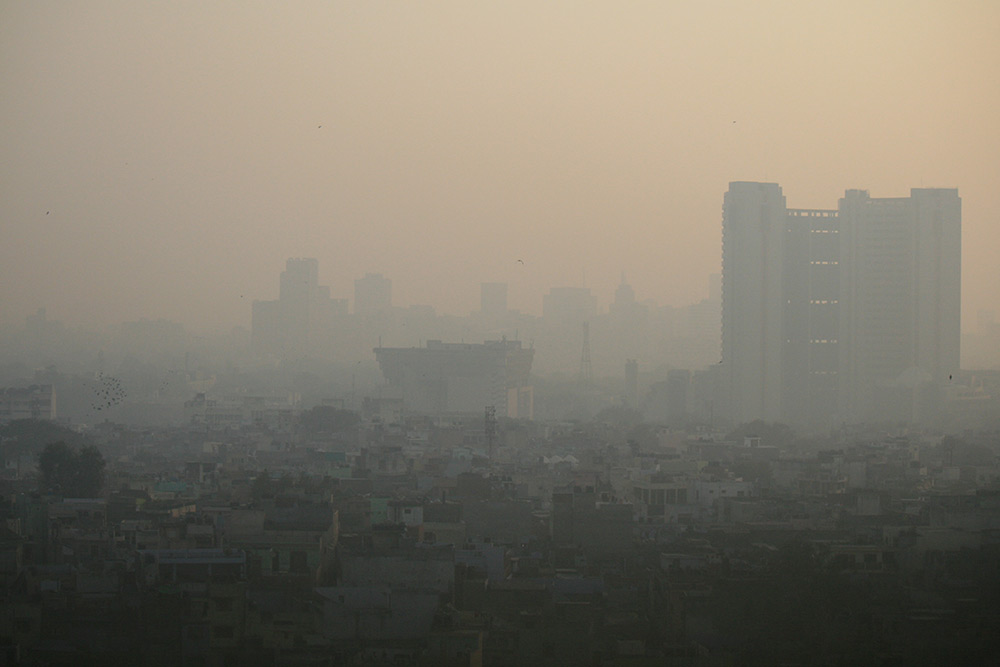
Photo by Jean-Etienne Minh-Duy Poirrier
New Delhi, India
Air pollution has become one of the leading causes of death in India. According to a report by WHO, New Delhi’s air has six times the levels of airborne particulate matter than what is considered safe.
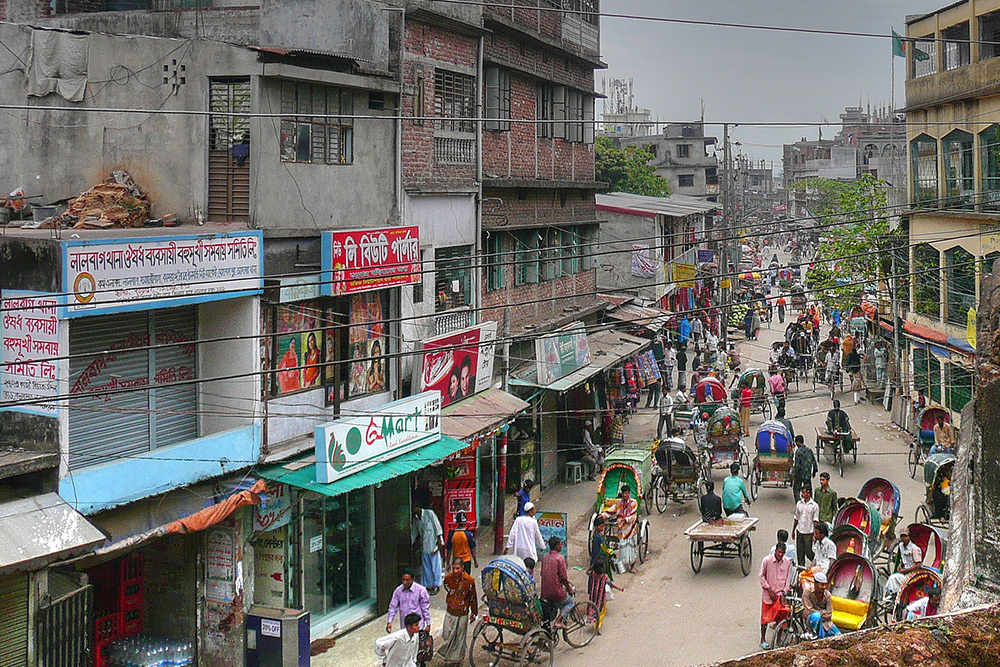
Photo by Joiseyshowaa
Dhaka, Bangladesh
At 315 square miles, Dhaka is about the same size as New York City, but with nearly twice the number of inhabitants. (And you thought NYC was crowded). The sheer density has caused severe air pollution and waste management problems.
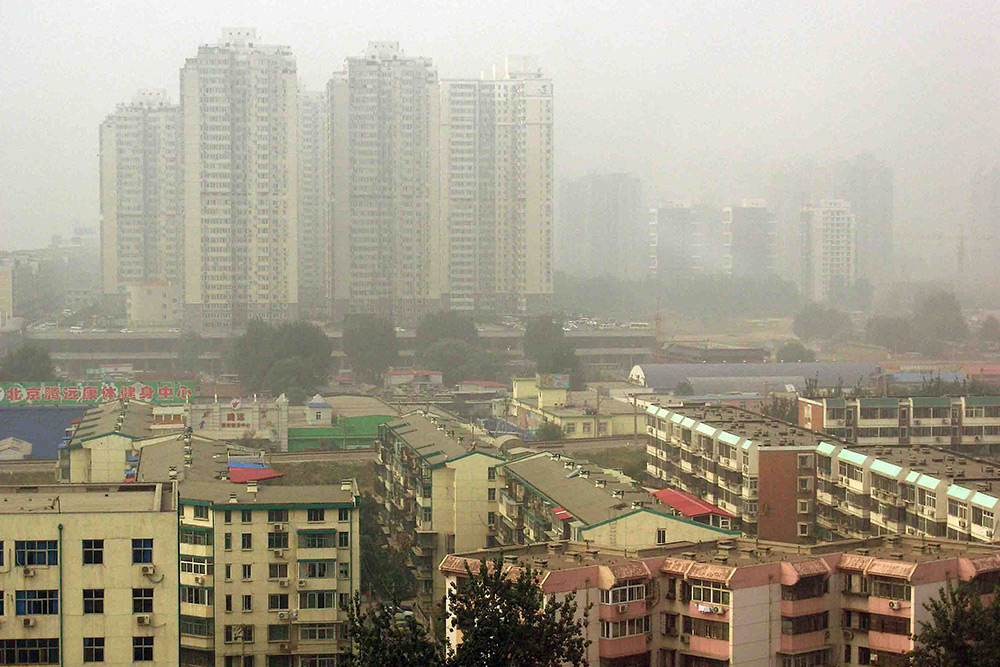
Photo by David Barrie
Beijing, China
Beijing is practically synonymous with pollution. In the Chinese capital, smog masks are a ubiquitous accessory, and on particularly smoggy days, residents can’t even see the building next to them.

Photo by arndw
Mexico City, Mexico
As if a high population and heavy traffic weren’t enough, Mexico City’s air pollution is made worse by its location at the base of Popocatépetl, an active volcano that traps the smog above the city.
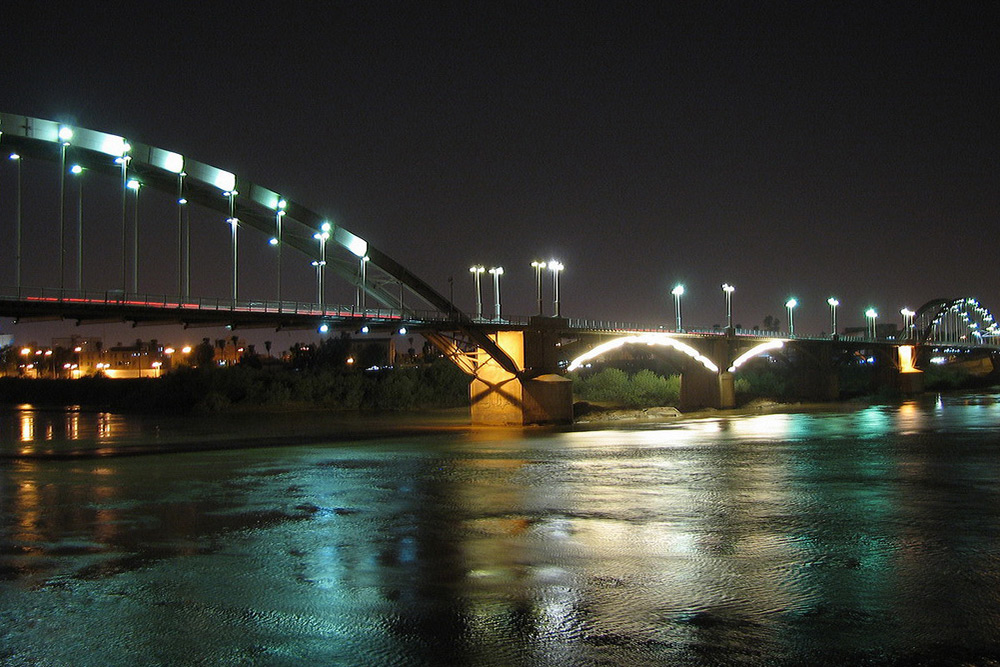
Photo by Danial Chitnis
Ahvaz, Iran
In 2011, a WHO survey found Ahvaz to be the most polluted city in the world, having the highest number of airborne particles, which are exacerbated by the city’s frequent dust storms.
Underlying Factors
So what do these cities have in common? With the exception of Ahvaz, they’re all extremely densely populated. In fact, most of the world’s heavily polluted cities are also highly populous. The correlation makes sense because the more people there are the more cars, industry, household chemicals, waste, etc. will create emissions and pollute the environment. In the case of Ahvaz, the windy climate could be a major huge factor for its serious air pollution, since wind helps to spread pollutants through the air.
Another commonality many of these countries share is a poor economy. Developing countries experience a vicious cycle that makes it incredibly difficult to improve their air quality and environment. Many of them rely on heavy industry to contribute to the nation’s GDP, but industrial emissions are one of the leading sources of air pollution. And in order for these countries to ensure that as many inhabitants have the bare necessities for living, they will choose the cheapest and lowest-quality energy, vehicle fuel, and waste management systems. Simply put, they cannot afford to make environmental improvements, but just by making a living, they’re contributing to damaging their own lives.
Oslo, Norway
This Norwegian city has stayed consistently clean because city officials are willing to spend much of their funding on alternative energy sources and green practices in general.

Photo by Martin Abegglen
Bern, Switzerland
Known for its pristine natural beauty, Switzerland is one of the cleanest countries in the world, and Bern is one of its most well preserved cities.
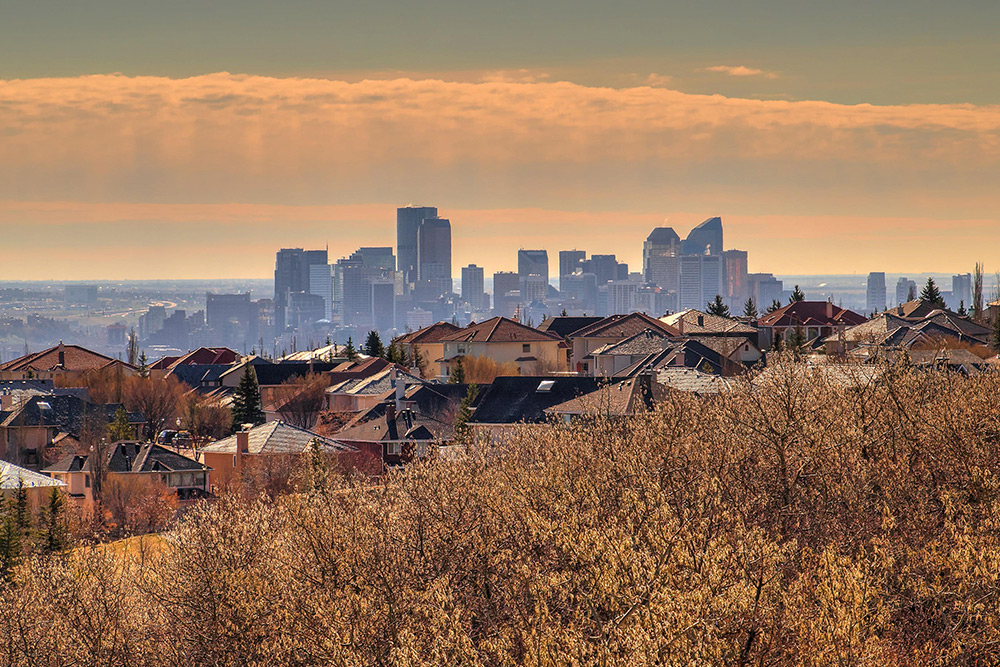
Photo by Michael Gil
Calgary, Canada
Calgary is widely considered to be the cleanest city in the world, due to its emphasis on green practices in infrastructure, energy, and waste management.
Honolulu, Hawaii
Even with the prevalent smog created by Hawaii’s many volcanoes, Honolulu receives high marks for air quality and is one of the two cleanest cities in the U.S.
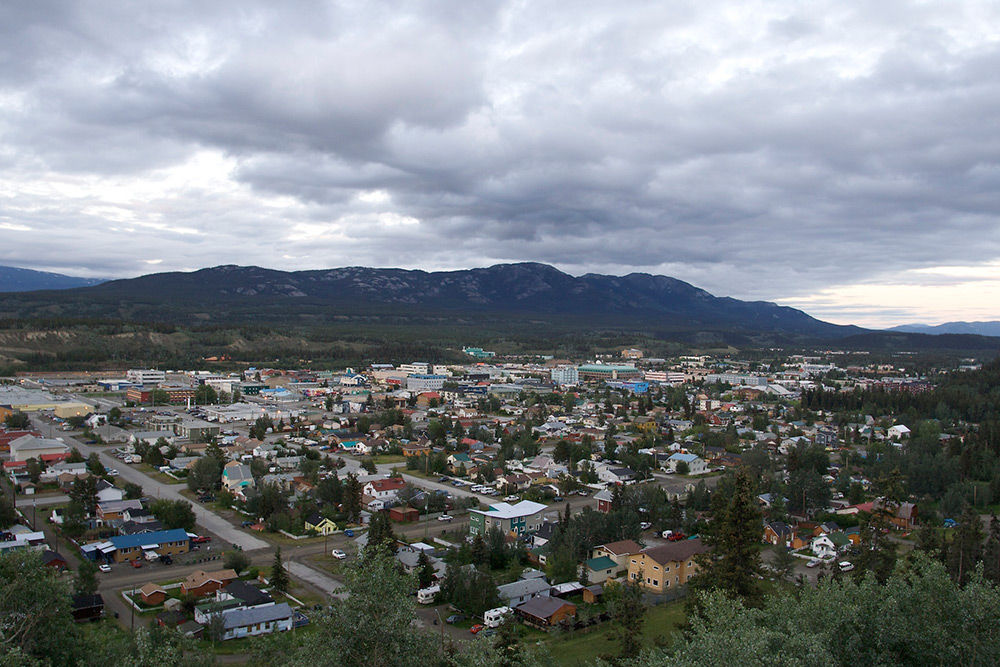
Photo by Ryan Forsythe
Whitehorse, Canada
According to a WHO report, Whitehorse has an airborne particle level of 3 µg/m3, which is well below its standard of 20 µg/m3, which is considered safe.
Why These Cities Are So Clean
There are a few stark differences between these cities and the ones on the most polluted list. One: None of these cities are densely populated. Two: Most of them don’t rely on heavy industry. Three: They are all in developed countries. These cities, and countries, have the resources and technologies to implement greener practices.
For example, in Calgary, home to a major oil and gas industry, the city’s developers have constructed a grid-like infrastructure that significantly cuts down traffic, built light rail transportation systems and implemented waste stations that separate out biodegradable and recyclable garbage. Oslo has launched buses that run on human waste. Likewise, Honolulu and Whitehorse also encourage green lifestyles by promoting public transportation and restricting cars to designated roadways, respectively.
This is why the U.S. has some of the cleanest air in the world: we can afford to enforce environmentally focused policies and most of the country is not densely populated. Besides Honolulu, a few other American cities have appeared on the world’s cleanest list, like Clearlake, CA and Albuquerque, New Mexico.
In comparison, even our most polluted cities are nowhere near as bad as the worst international ones. Last year, the Washington Post listed Bakersfield, CA, as having the worst air quality, with 18 µg/m3. To put that in perspective, Ahvaz recorded 372 µg/m3 in 2013.
At the end of the day, the world’s least polluted cities are clean because they have the economic capability to make conservation a priority, whereas developing nations are more focused on surviving in general, often at the cost of the environment.
Urbanful is a digital magazine and marketplace celebrating city living. From hacking your commute to bringing you the latest city trends, we’re all about those things that make city living great. Read more at Urbanful.org.
Find inspiration in our Gear Guide that will keep you out on your bike through wind or rain.
Download Now
Groan. I live in Calgary…and have been hear for nearly 5 years. I also lived in Vancouver for 8 yrs. and cycle. I consider it my 2nd home since I still have over 50% of my possessions in our place there. Also lived and cycled in Toronto for 14 yrs.
Ok…Calgary’s grid transportation system for roads..means that drivers want to go fast and they do go at a clip. Downtown has several wide 4-5 line, 1-way streets for cars…intimidating for pedestrians and cyclists. Nowhere downtown are there pedestrian-cyclist activated traffic lights. They can’t have them because the street level transit trains demand very different traffic management and timing in relation to the car road traffic. I wish we had more of a subway system.
Also quiet downtown on these wide roads, during non peak rush hrs. Believe me, Calgary’s downtown rush hr. is puny compared to Toronto’s rush hr. which I did work downtown in that big city also and cycled around.
Yes, the air is cleaner here but keep in mind, even in the summer, the prairie air is drier and not as humid. Therefore pollutants wouldn’t hang in longer. That’s all.
My partner, who did live in Calgary for 2 yrs. before he retired (and then we moved to Vancouver. He is a well-known cycling advocate in Vancouver), also worked for an oil firm his whole career has been critical of the oil industry in certain processing practices. Gas flaring which results in sour gas, still goes on outside of Calgary. Not good for the air. It’s a pollutant.
For cyclists in Calgary, it’s a struggle to get permanent, good and safe cycling infrastructure outside of its pathway park system. I’m intrigued that Calgary for whatever reason is vaunted here in this article. Why not choose, Red Deer, Alberta or Thunder Bay, Ontario? I’m just drawing city names out of a hat now.
Comments are closed.